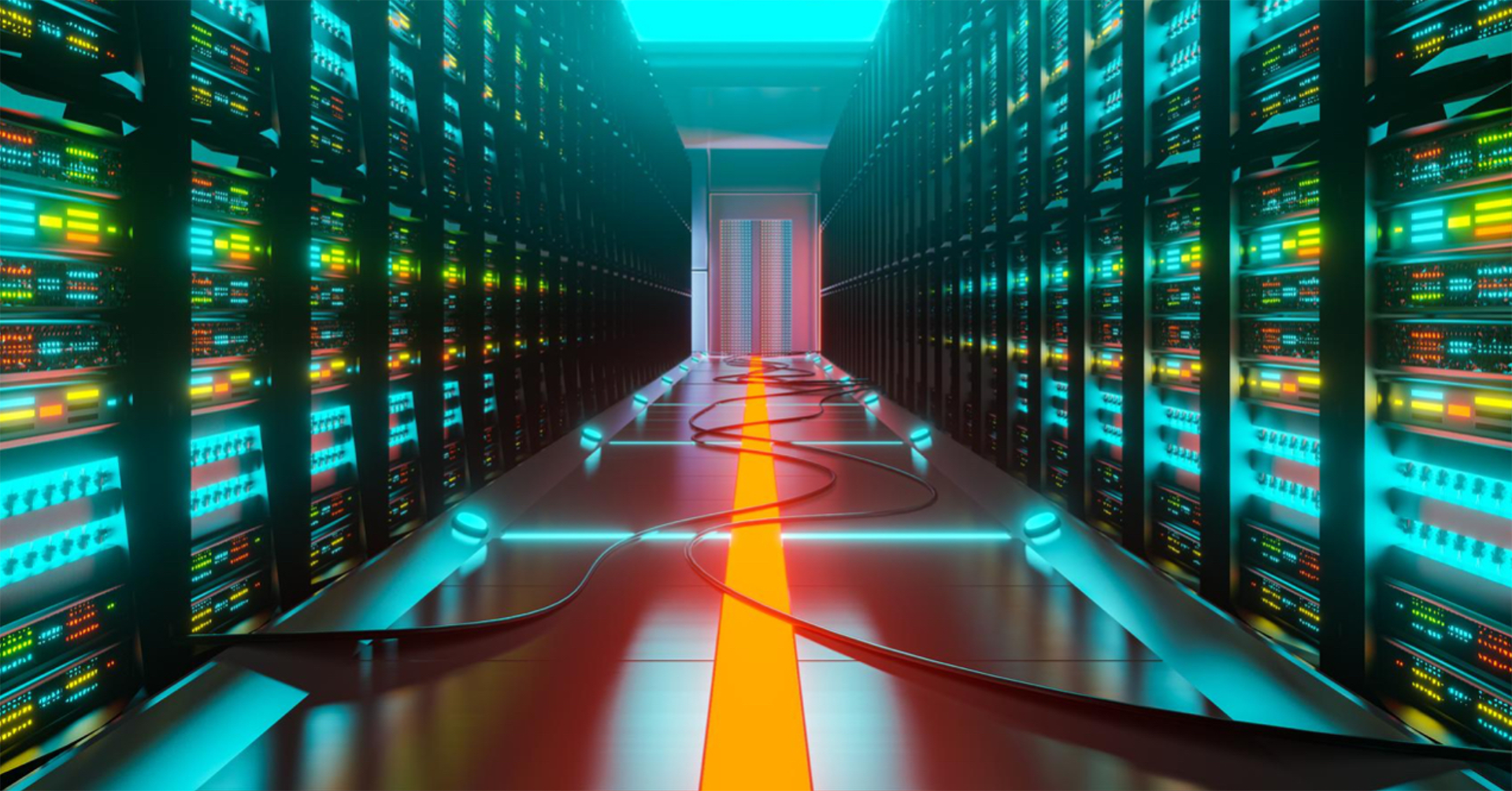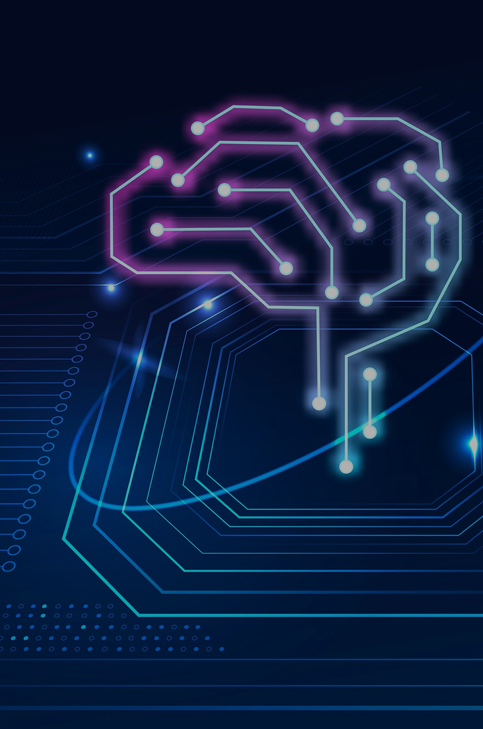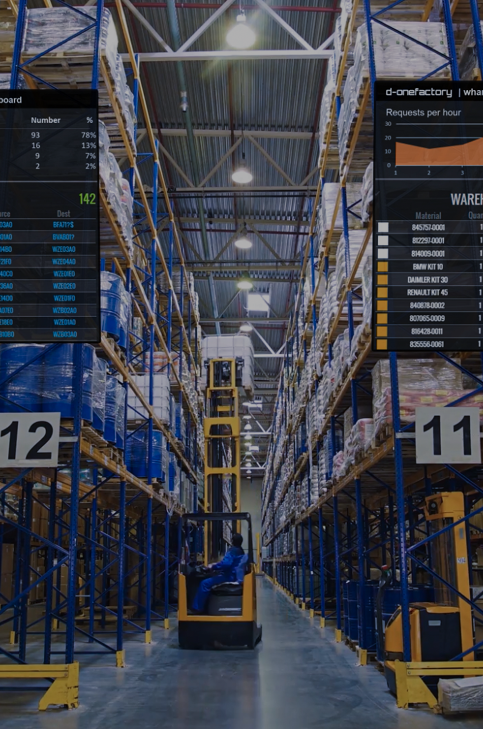Big Data Analytics: creating value through data

3Vs of Big Data
Big Data generally means an extensive collection of computer data in terms of Volume, Velocity, and Variety.
Volume
Describes a large amount of data you want to store, process or analyze.
Velocity
Means a high data throughput to be stored, processed or analyzed.
Variety
Stands for the large amount of different data types and formats that can be stored, processed or analyzed.
Big Data systems are often used for data storage, querying, or data processing. These use cases can be categorized into two types depending on the write and read patterns:
Big data analytics is the process of collecting and analyzing big data to extract hidden information. Through this process, you can discover trends, patterns, customer behavior, and market preferences to improve business decision-making. Big data analytics combines data at rest (traditional structured data) with data in motion (unstructured data at the moment) to identify opportunities and take advantage of them in real-time.
There are 4 different use cases of increasing difficulty in Big Data analytics:
- reporting (or processing of historical data) – we usually perform a relatively small number of long-running scheduled jobs that aggregate data stored in Big Data systems.
- stream processing/stream analytics (or real-time event processing) – we extract and aggregate data over a short amount of time to compute real-time insights.
- real-time interactive analytics (a combination of both previous methods) – is like reporting with real-time data ingestion and response times of less than one second.
- behavioral modeling and forecasting – we analyze the past to build a model that can predict the future often utilizing heuristics, statistical methods as well as Machine Learning techniques.
Benefits of Big Data Analytics:
- Explore data and get answers without the need for specialized and in-depth data modeling.
- Foresee situations and opportunities, ask relevant and timely questions, and get the answers they need to take action.
- Discover unseen or hidden trends and patterns in large and complex data sets.
- Help organizations achieve a data-rich, consistent and comprehensive view of business.
While it is true that the benefits of this analysis process are now known and that big data is already a fact for many companies, it is also true that their volume and enormous complexity can be difficult to manage.
Getting value from a big data investment requires the ability to manage data effectively. And this is possible for companies by implementing a unified data architecture and analytical and data visualization software. This is the only way to turn big data into a competitive advantage.
The Big Data Analytics Industrial Revolution
The industrial production sector now has a growing amount of Big Data, thanks to the digitalization of its processes. Machines, robots, sensors, and operators daily collect valuable information on each stage of the supply chain, enriching vast datasets. Thanks to the analysis, these data turn out to be a real gold mine for all the phases of the production process.
At Digitalsoft we are fully aware that the entire production chain can be strengthened by big data analysis. For this reason, in the development of our d-one platform, we have identified some areas where we believe Data Analytics can make a difference:
In planning – Demand Forecasting with ML provides the best possible system to improve forecast predictions and optimize supply chain planning automatically. The intelligent supply planning system, with integrated internal and external capacity planning, driving strengthened financial forecasting. Optimized supply plans based on the latest demand insights, potential bottleneck forecasts, and targeted inventory levels. (d-oneplan)
In production – Digital process integration of multiple stand-alone processes, machines, and systems to reduce manual activity, prevent errors and enable a lean and traceable workflow and material flow into the shop floor. Moving to a real-time factory environment for control, optimized, and responsive operations. (d-onefactory)
In the end, through the IIoT, data is gathered from various sources and evaluated before being linked to real production. The latter is increasingly using new technologies such as sensors, 3D printing, and next-generation robots.
The result: production processes are fine-tuned, optimized, or set up differently in real time.




